For a week the blog has been All Peregrines All The Time. It’s time now for something completely different.
When I wrote about the Marabou stork (below) in A Face That’s Hard To Love, Nan asked, “Why would something so ugly be associated with delivering babies?”
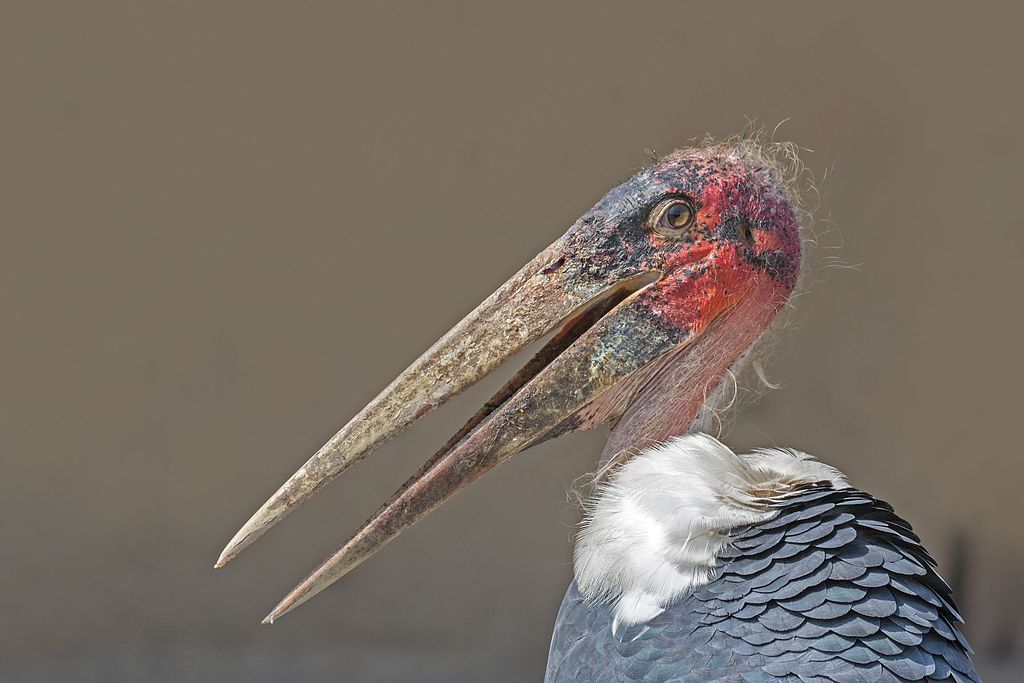
Well, the ugly Marabou stork is not the baby-delivery bird.
There are 20 members in the stork family, only one of which is famous in the baby fable. Can you guess which one it is from this list of five? Leave a comment with your answer.
1. Wood stork (Mycteria americana) is found year round in South America, Central America and Florida.
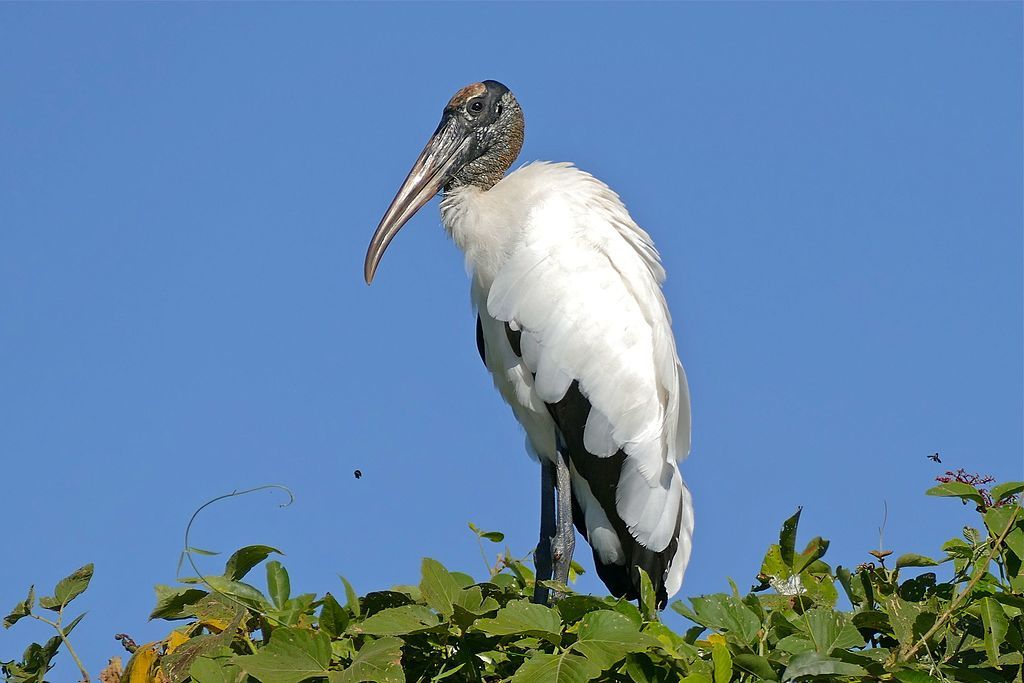
2. African openbill (Anastomus lamelligerus) is native to Sub-Saharan Africa.
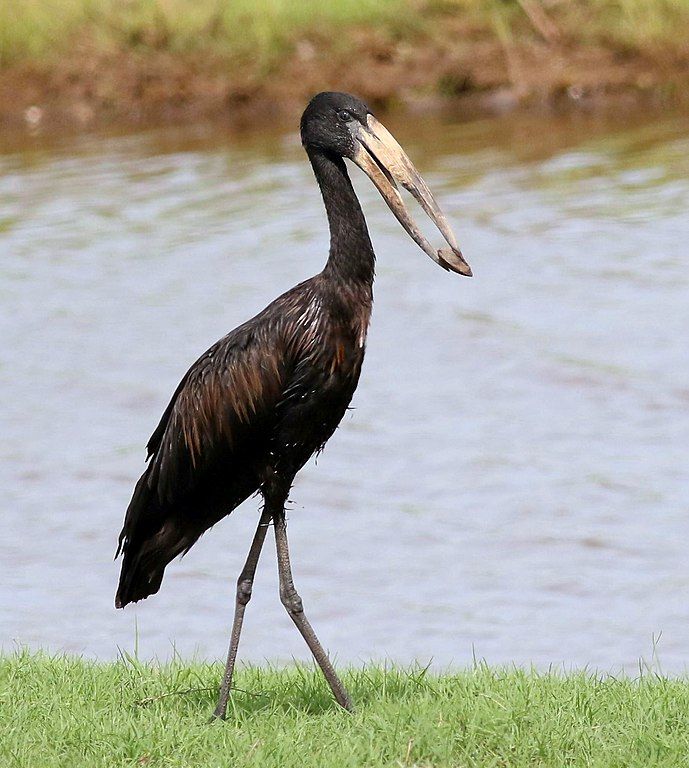
3. Saddle-billed stork (Ephippiorhynchus senegalensis) from Africa is closely related to the black-necked stork of Asia and Australia.
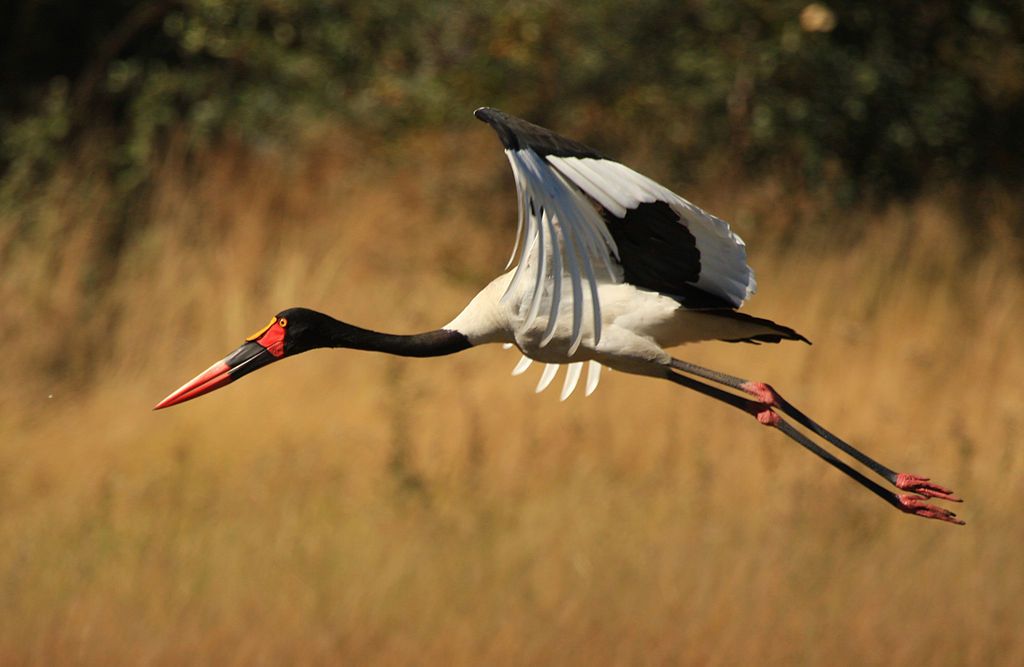
4. White stork (Ciconia ciconia) is found in Europe, Africa and Asia.
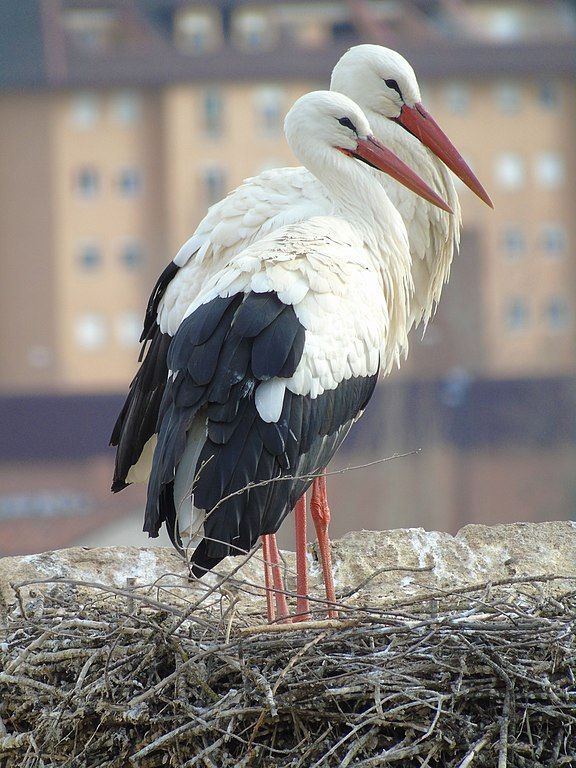
5. Jabiru (Jabiru mycteria) is native to Central and South America. Sometimes it visits Texas. (Yoga fans, notice that this stork is doing the Tree Pose.)
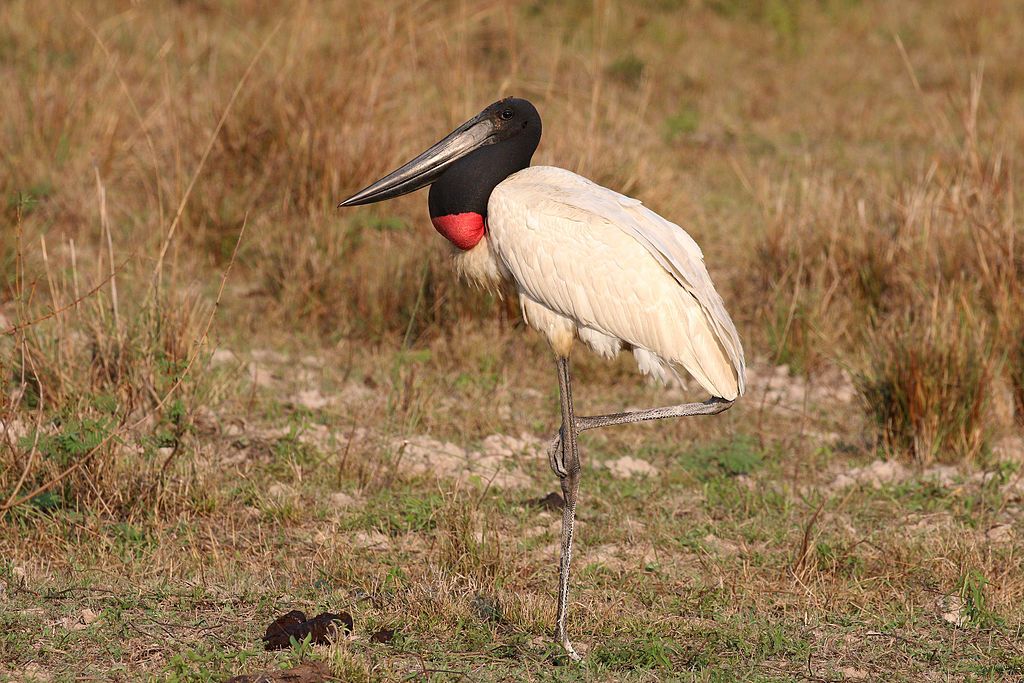
Can you guess which stork “brings babies”? If you’re stumped or you’d like to know more, find the answer in this vintage article:
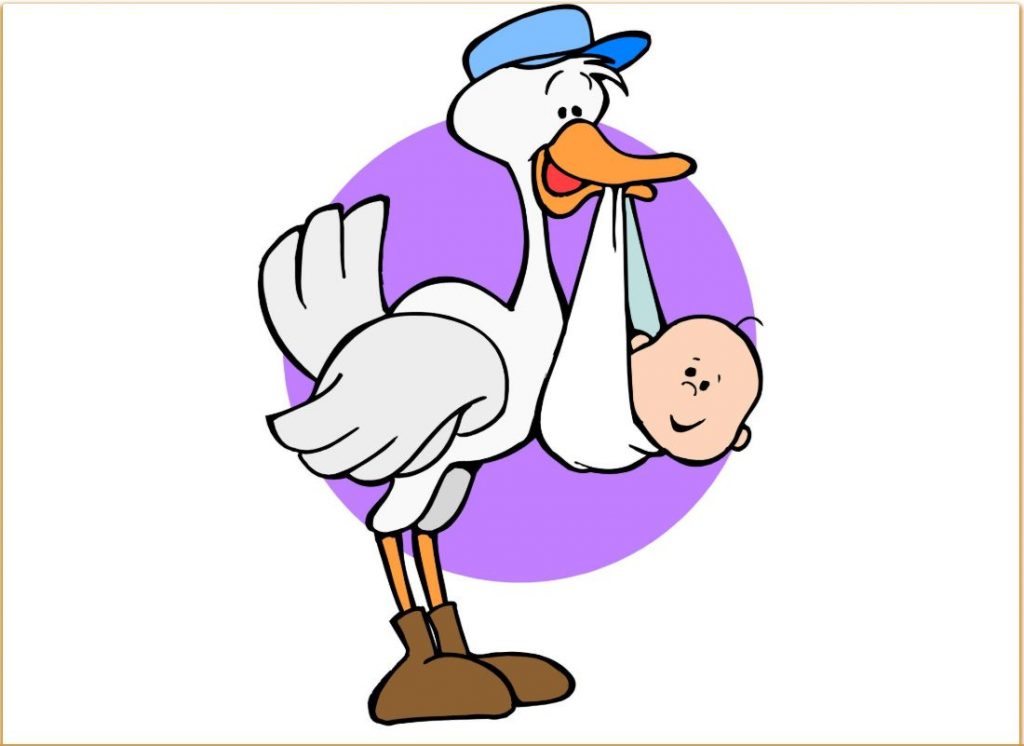
Could it be the white stork? They look like the ones illustrated in children’s books.
I’m thinking it’s the White Stork because its territory includes Europe. And didn’t the myth of stork-delivered babies originate in central Europe?
I think the fable originated in Germany, so I vote for #4.
Btw, way back in statistics and probability class, we learned that there was a very strong correlation between the number of stork pairs and the number of human births in numerous European countries. Here are a few links (all pdfs).
http://pignottia.faculty.mjc.edu/math134/classnotes/storks.pdf
https://web.stanford.edu/class/hrp259/2007/regression/storke.pdf
http://robertmatthews.org/wp-content/uploads/2016/03/RM-storks-paper.pdf
Yes, everyone’s right. It’s the white stork.